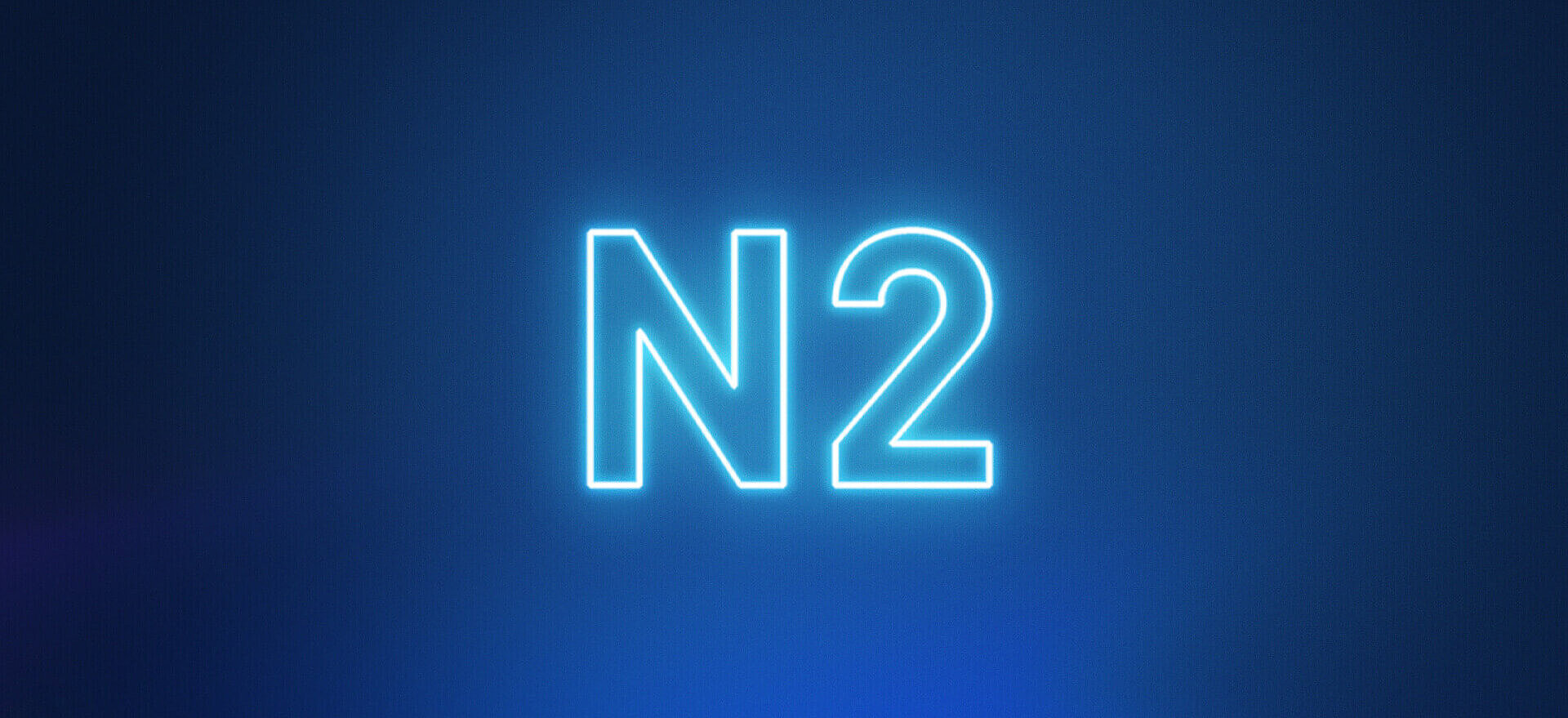
Inertisation
Oxygen-reduced UV curing
During inertisation, paints and varnishes are cured under oxygen-reduced conditions. This leads to higher surface quality, reduces energy and operating costs and at the same time fulfils legal requirements - particularly in the area of food packaging.
Targeted oxygen reduction makes UV systems more efficient and ensures uniform, stable curing processes. This significantly improves surface curing, especially for reactive coatings, UV printing inks and adhesives.
A main field of application for inerting is the production of packaging with UV inks and coatings whose formulations are specially optimised for use under inert conditions. Thanks to the significantly reduced photoinitiator content, this technology is ideal for the production of low-migration packaging in the food sector. Our inertisation solutions are successfully used for applications such as
During inertisation, the oxygen content in the UV radiation zone is specifically reduced, usually by using nitrogen (N₂) as an inert gas. This low-oxygen atmosphere prevents oxygen inhibition, which can impair complete UV curing. Depending on the application, the required residual oxygen content is between 50 and 500 ppm (equivalent to 0.005 to 0.05 %).
Nitrogen is ideal for inertisation: It is non-toxic, non-explosive and makes up around 80 % of the ambient air - making it safe and reliable to use in the industrial printing process.
During inertisation, the substrate to be cured is passed through a closed chamber in which the ambient air is displaced by a targeted supply of nitrogen (N₂). This creates an oxygen-reduced atmosphere that enables efficient and complete UV curing.
The UV lamp housing is mounted above the tightly sealed inert chamber, separated by labyrinth seals and a nitrogen doctor blade nozzle. Uniform nitrogen filling nozzles ensure a constant atmosphere, while UV irradiation takes place through a quartz glass disc. A water-cooled counter diaphragm ensures heat dissipation and radiation protection.
In coordination with the chemistry used, inertisation enables efficient cross-linking under oxygen-reduced conditions. This is particularly advantageous for applications that require high surface resistance or food safety - such as resistant coatings or food packaging.
In addition to the general advantages of UV technology - such as curing in seconds and immediate further processing - inertisation under oxygen-reduced conditions offers additional benefits:
Continuous monitoring of the residual oxygen content in the inert chamber is essential for constant process conditions and consistent product quality. The system automatically regulates the supply of nitrogen to reliably maintain the desired oxygen concentration. This ensures a stable, low-oxygen atmosphere. If the preset target value is not reached, an automatic error message is issued - optionally combined with a stop signal for the coating or printing machine to ensure process reliability.